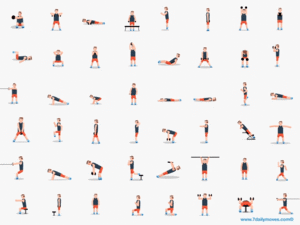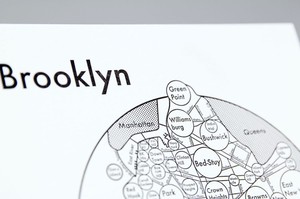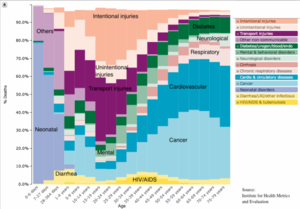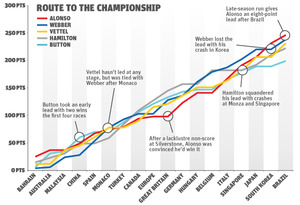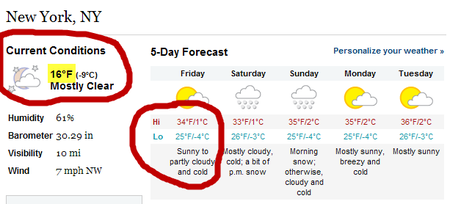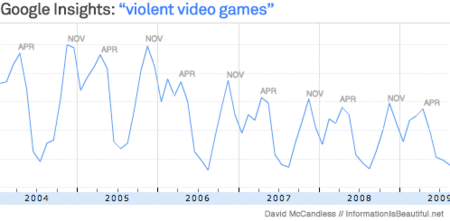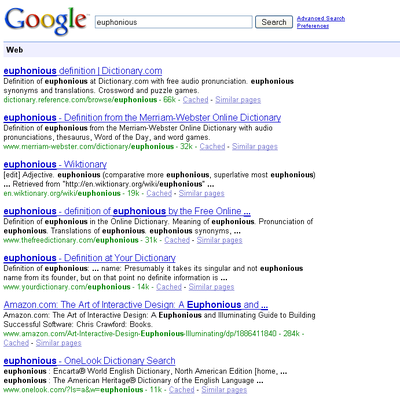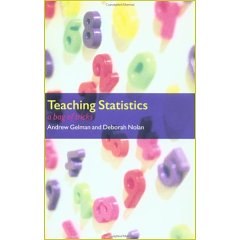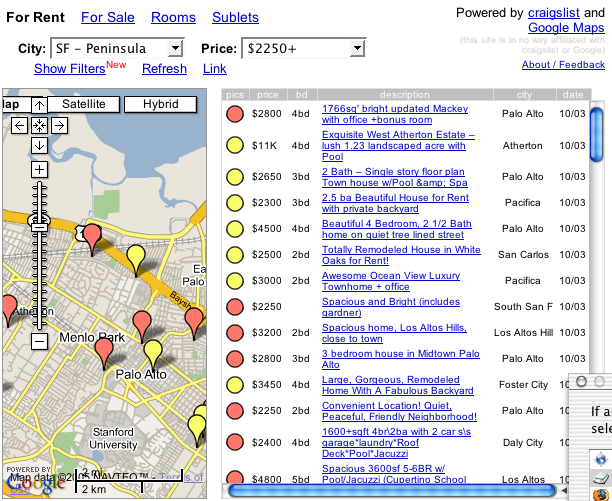Consumer Internet companies of the newer generation are doing even more. In many cases, the tools they are providing businesses resemble specialized versions of so-called customer relationship management services from companies like Salesforce.com, which help businesses increase sales and keep track of communications with clients.
By moving in this direction, consumer Internet companies hope to tap potentially rich new sources of revenue, which could make them more attractive to investors. A company that gets business clients to depend on a broad set of its services can make it tougher for competitors to swipe its customers.
"You can't just sell advertising without being exposed to someone else undercutting you on price," said Spencer Rascoff, chief executive of Zillow. "If you sell ads plus services, you're in a more defensible position."
Bill Gurley, a Zillow board member and venture capitalist, has seen enough hybrid Internet companies that serve both businesses and consumers that he coined a term to describe them: B2B2C. "We're moving from a day and age where you're just a Web site to one where we're automating the connections between businesses and consumers," he said.
Mr. Gurley's firm, Benchmark Capital, has invested in several other companies he puts in that camp, including Uber, which offers a mobile app that lets consumers hail a town car and gives drivers a "heat map" highlighting the areas where they are most likely to find customers.
GrubHub, another one of his investments, lets consumers order takeout and delivery food from more than 15,000 restaurants online and through mobile apps. In many cases, the service uses a clunky system in which customer orders are sent to restaurants by fax and confirmed by phone.
Recently, though, GrubHub introduced a product called OrderHub that could allow it to become more entwined in restaurants' operations. OrderHub is a tablet computer running Google's Android operating system that lets restaurants receive orders electronically, confirm them with a couple of taps and improve the accuracy of delivery time estimates.
Continue reading "b2b2c Zillow: how b2c becomes also b2b" »
